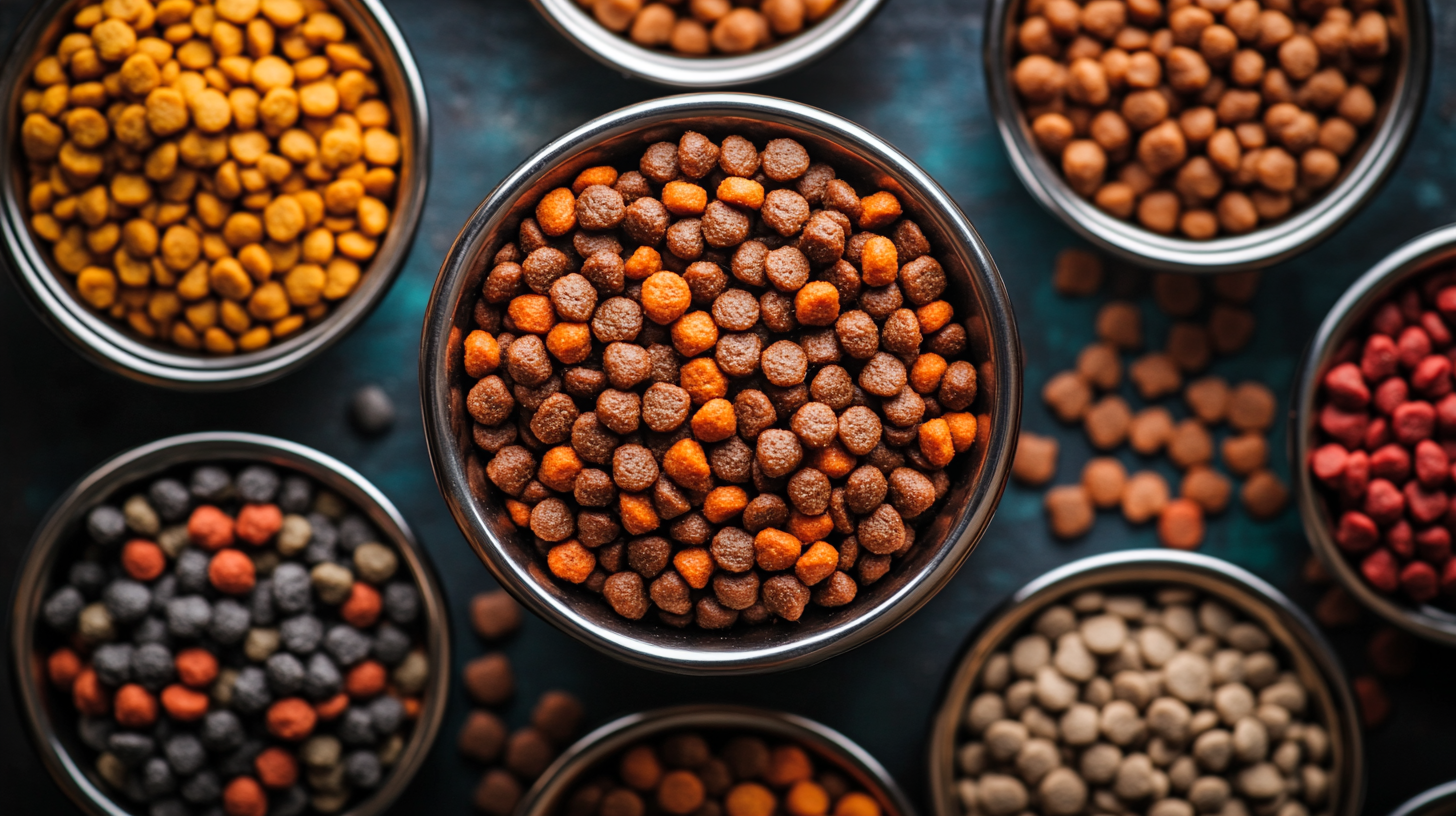Grain-Free Diets for Dogs and Cats: Pros and Cons
3 min read
Grain-free diets for pets have become a trending topic among veterinarians, pet owners, and pet food manufacturers. But what exactly are grain-free diets, and should your pet be on one? In this post, we’ll delve into the advantages and disadvantages of a grain-free diet for both dogs and cats, helping you make an informed decision for your furry friends.
Pros of Grain-Free Diets:
- Healthier Skin and Coat: Many pet owners report improvements in their pets' skin and coat condition after switching to a grain-free diet. Some dogs and cats demonstrate reduced itching and inflammation, suggesting that they may have food sensitivities to common grains such as wheat, corn, or soy.
- Weight Management: Grain-free diets often contain higher protein and lower carbohydrate levels, potentially aiding in weight loss or maintenance. This can be especially beneficial for pets that are overweight or less active.
- Increased Energy: With enhanced protein and fat content, some pets may experience improved energy levels. Those on a grain-free diet may show heightened vitality and be more playful.
- Better Digestion: Some pets may have difficulty digesting grains, resulting in gastrointestinal issues. Grain-free diets often utilize alternative carbohydrate sources like sweet potatoes, peas, and lentils, which may be easier for some pets to digest.
Cons of Grain-Free Diets:
- Nutritional Imbalance: Grain-free diets can sometimes lack essential nutrients if they are not well-formulated. It’s crucial to ensure that the chosen diet includes a balanced range of vitamins and minerals to support your pet's health.
- Potential for Heart Disease: Recent studies have linked grain-free diets, particularly those high in peas and lentils, to an increase in cases of canine dilated cardiomyopathy (DCM), a serious heart condition. Although research is ongoing, it’s vital to monitor any potential cardiovascular health issues when feeding a grain-free diet.
- Cost: Grain-free pet foods can be significantly more expensive than standard diets containing grains, which can add up over time, especially if you’re feeding multiple pets.
- Not Suitable for All Pets: Grain-free diets are not universally beneficial. Some pets may thrive on grains with no adverse effects. Before switching your pet to a grain-free diet, it’s important to consult with your veterinarian.
In conclusion, grain-free diets for dogs and cats offer several benefits but also present potential risks. Each pet is unique, and dietary needs can vary greatly depending on their age, activity level, and health conditions. Therefore, it’s essential to consult with your veterinarian before making any significant changes to your pet’s diet. Doing so will help ensure that your furry friend receives the best nutritional support for a long, healthy life. Remember, a well-informed pet owner is the best advocate for their pet’s health!


